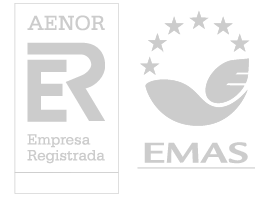EVALUACIÓN DE IMPACTO AMBIENTAL Y OBRAS DE INGENIERÍA CIVIL
- Desde: 16/7/18
- Hasta: 27/7/18
- Campus de Valencia
- Idioma: Castellano
- Presencial
Preinscripción desde el 13/6/18
Promovido por:
Dpto. de Ingeniería Hidráulica y Medio Ambiente
Responsable de la actividad:
Javier Rodrigo Ilarri
Modalidad
| Presencial | Online | Emisión en directo |
|---|---|---|
|
30 horas |
0 horas |
0 horas |
| Horario |
|---|
|
Mañana
|
| Lugar de impartición |
|---|
| ETSI CAMINOS CANALES Y PUERTOS |
Aprovechamiento
PRESENCIAL
2017-2018
3
Valencia
Presenciales
Online
| Precio | Colectivo |
|---|---|
| 300 € | Público en general |





